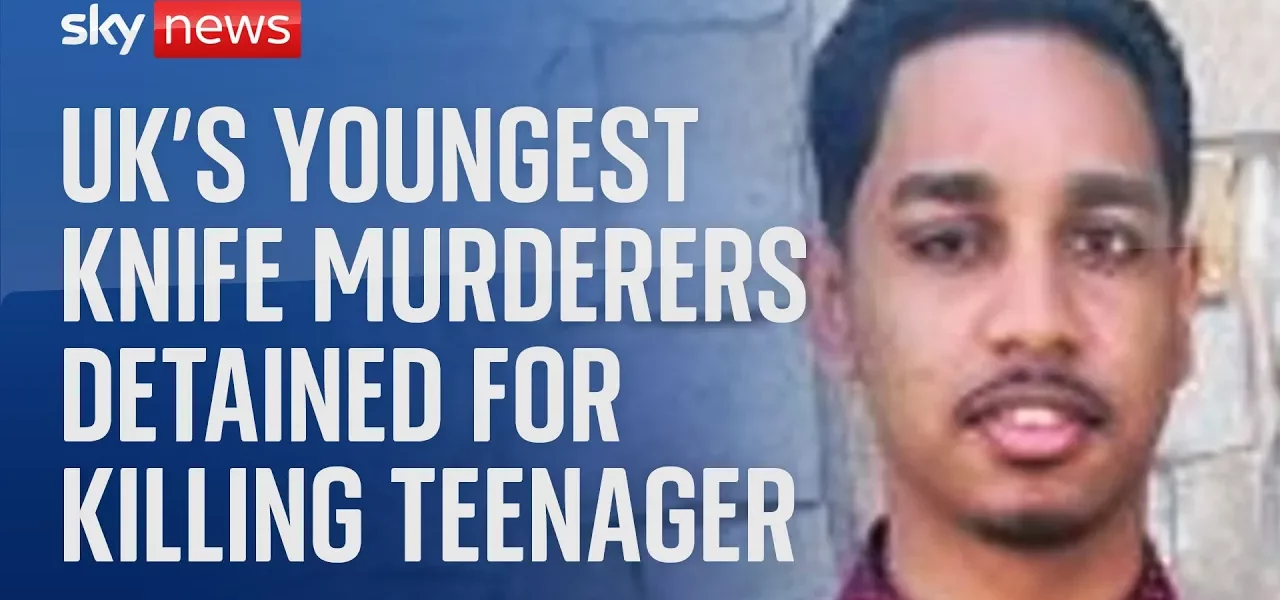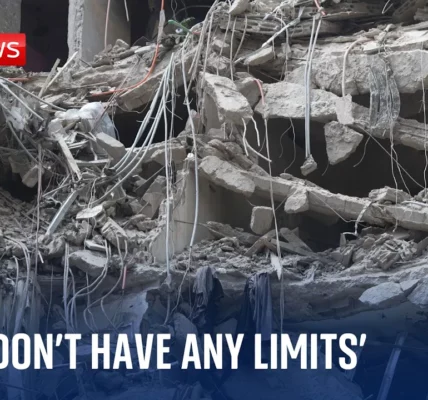UK’s Youngest Knife Murderers Sentenced: A Detailed Overview

This article provides a comprehensive analysis of the recent court proceedings involving two 13-year-old boys sentenced for the horrific murder of 19-year-old Sha Cesah High in Wolverhampton. We delve into the details of the case, the sentencing, and the broader implications of juvenile crime in the UK.
Introduction
The sentencing of two 13-year-old boys, who became the youngest knife murderers in the UK, marks a significant moment in the ongoing conversation about juvenile crime and its ramifications. This case is particularly shocking due to the brutal nature of the attack on Sha Cesah High, who was only 19 years old at the time of his death. The court proceedings have raised questions about youth justice and the effectiveness of the legal system in dealing with minors. This article will explore the details of the case, the court’s decisions, and the emotional responses from all parties involved.
Background of the Case
The incident took place in November of the previous year in a park in Wolverhampton. Sha Cesah High was enjoying time with friends when he encountered the two boys, who attacked him without provocation. This section outlines the timeline and nature of the events leading up to the tragic outcome.
The Attack
During the confrontation, Sha and his friends found themselves in a dangerous situation. Key details of the attack include:
- Sha was with a friend at the park when the confrontation occurred.
- The attack was described as unprovoked and lacked any clear motive.
- Sha attempted to escape but fell, making him vulnerable to the assault.
- The weapon used was a machete, measuring 42.5 cm in length.
Aftermath of the Attack
The aftermath of the attack was as troubling as the attack itself. The two boys did not seek help for Sha and instead returned home:
- One of the boys concealed the machete and cleaned it with bleach.
- They engaged in normal activities, such as playing video games, shortly after the incident.
- Both boys searched for news articles regarding the attack, indicating a lack of understanding of the gravity of their actions.
The Court Proceedings
The court proceedings provided a glimpse into how the justice system handles cases involving minors. Key aspects of the court’s approach included:
Judicial Considerations
The judge emphasized the seriousness of the act while considering the boys’ ages and backgrounds:
- The boys were only 12 years old at the time of the attack.
- The judge noted the different family backgrounds of the defendants.
- She conveyed the impact of their actions on Sha’s family, acknowledging the life lost.
Sentencing Outcome
Ultimately, the judge sentenced the boys to detention at His Majesty’s pleasure, which is a juvenile equivalent to a life sentence:
- A minimum term of 8 years and 6 months was set.
- Both boys displayed emotional responses during the sentencing, with one nodding and another wiping tears.
- Sha’s family observed the proceedings via video link from Anguilla, highlighting the global impact of the tragedy.
The Impact of Youth Crime
This case has sparked a wider dialogue about youth crime in the UK, particularly concerning knife-related incidents. The implications of this case extend beyond the courtroom:
Societal Reactions
The public reaction to the sentencing reflects broader concerns about youth violence:
- The case has generated significant media coverage, raising awareness of knife crime.
- Community leaders have called for increased measures to address youth violence.
- There are ongoing discussions about the effectiveness of current juvenile justice systems.
Preventative Measures
In light of such incidents, it is crucial to consider potential preventative measures:
- Increased educational programs focusing on conflict resolution and the dangers of knife crime.
- Community outreach initiatives to engage youth in positive activities.
- Stronger law enforcement strategies to deter youth from carrying weapons.
Conclusion
The sentencing of the two 13-year-old boys for the murder of Sha Cesah High serves as a stark reminder of the challenges posed by youth violence and knife crime. Their actions have irrevocably altered the lives of many, prompting necessary discussions about the responsibilities of the legal system, the role of families, and the importance of community intervention. As we reflect on this tragic event, it is vital to advocate for measures that can prevent such incidents in the future. We encourage readers to engage in conversations around youth safety and to support initiatives aimed at reducing violence among young people.
For further insights into juvenile crime and prevention strategies, visit our related articles on youth violence prevention and the juvenile justice system.
“`




